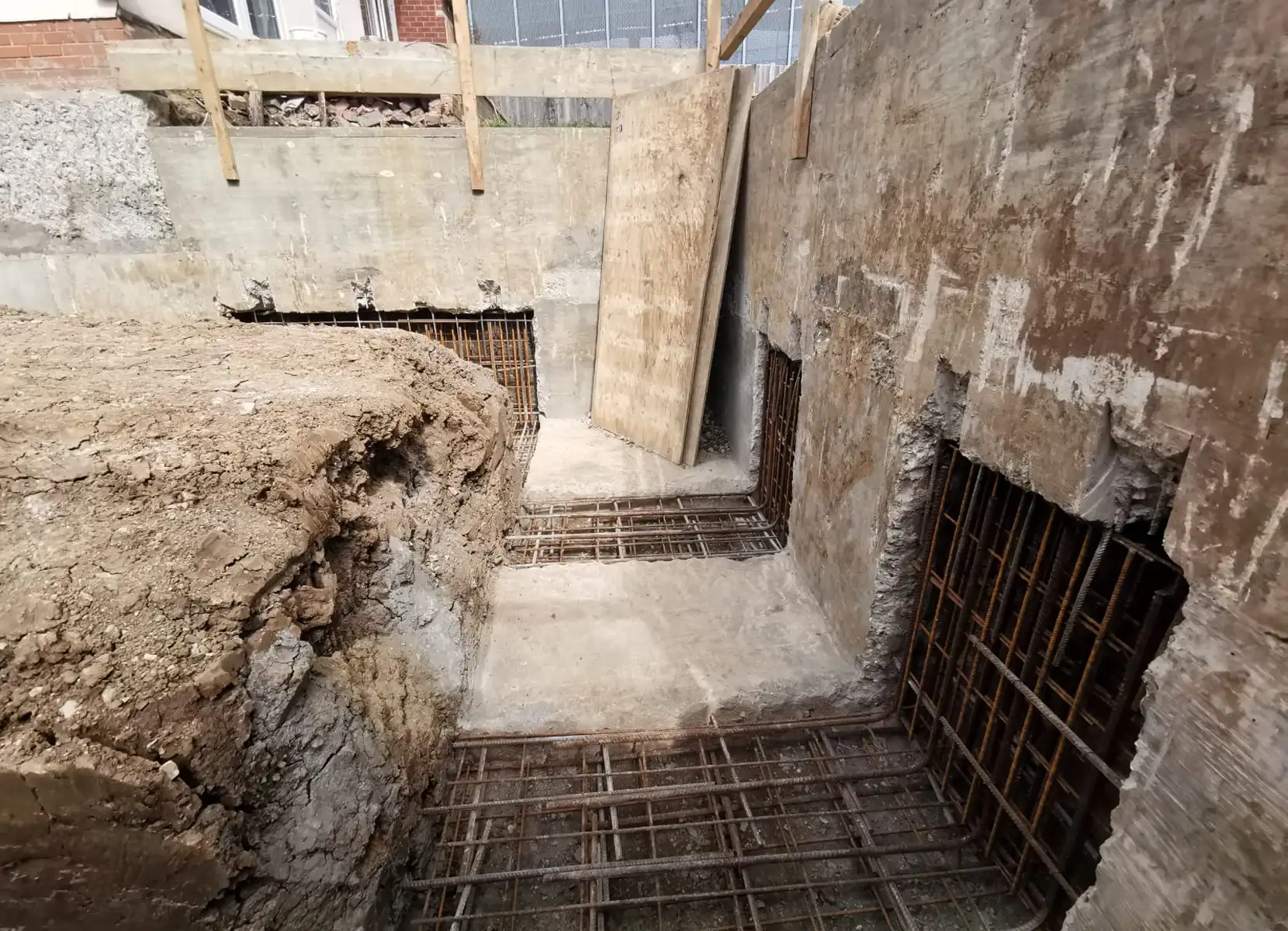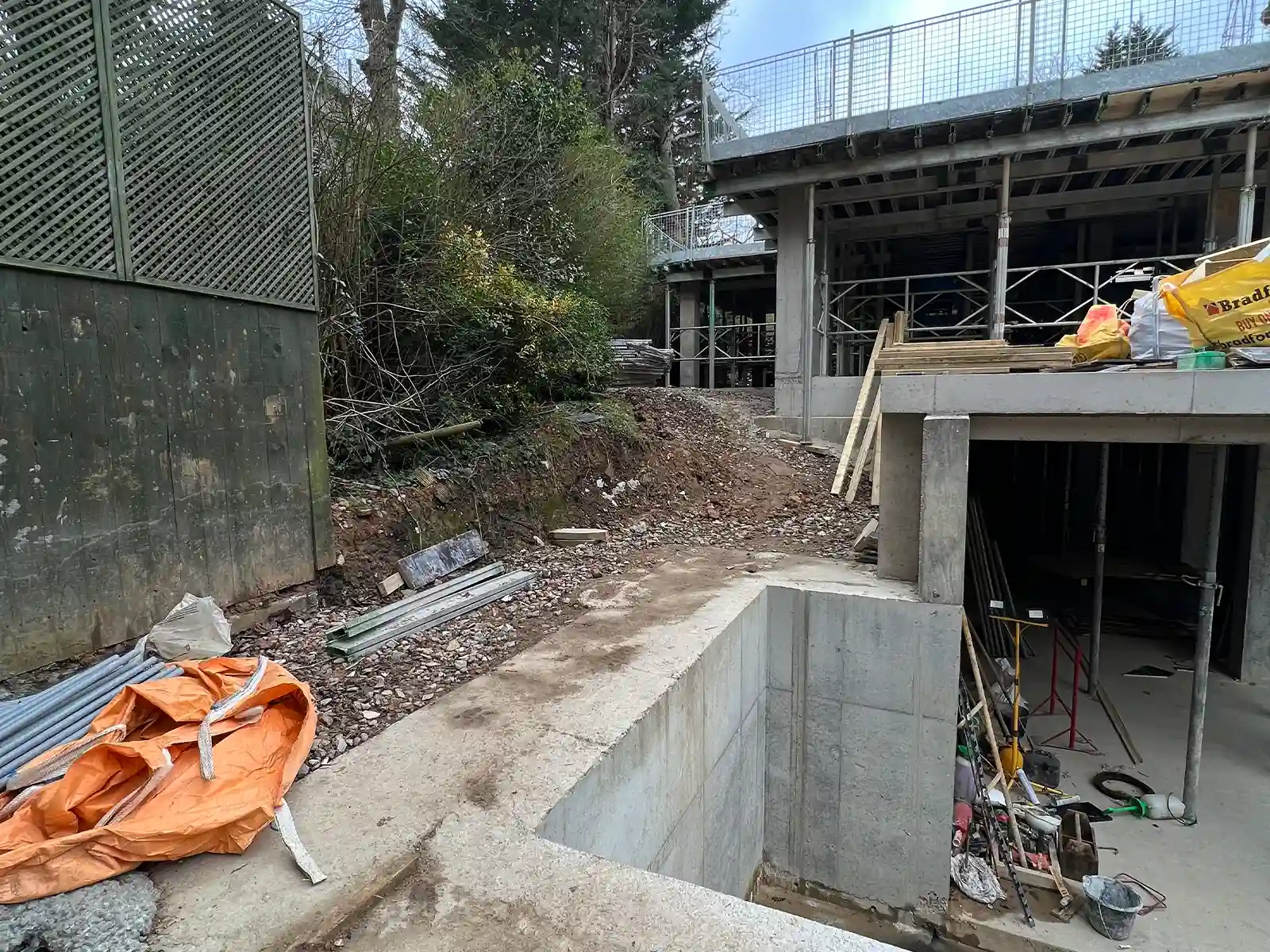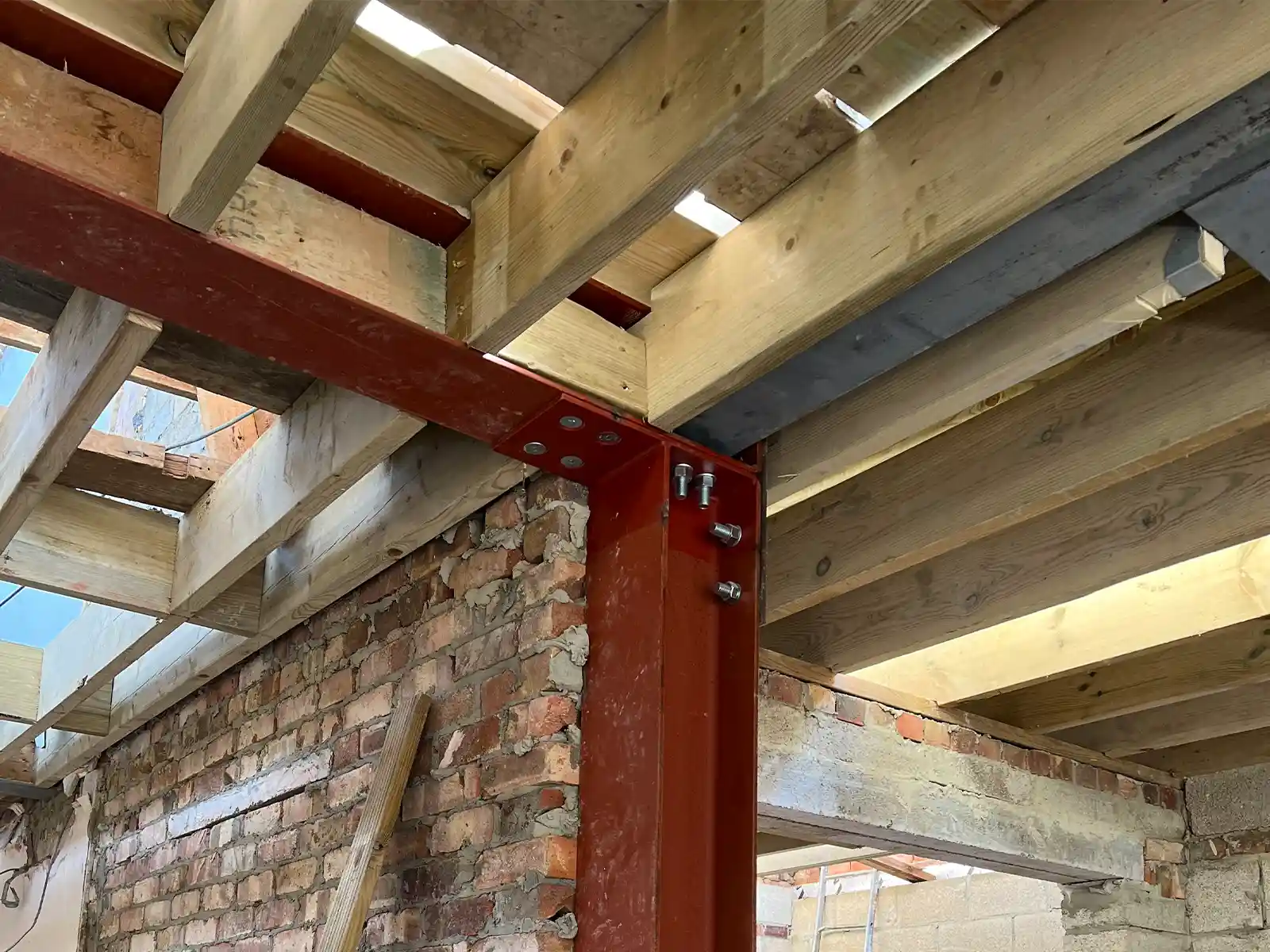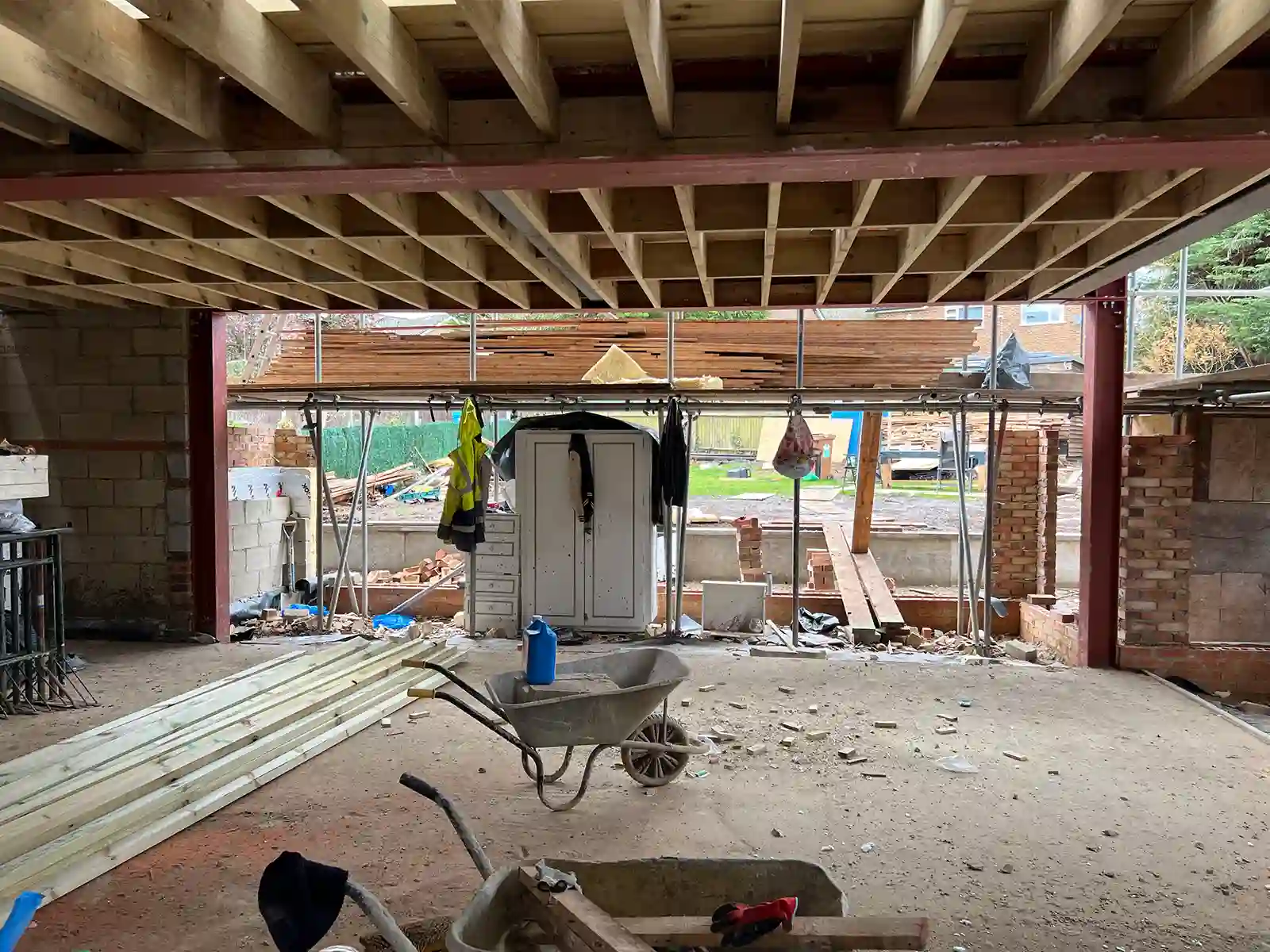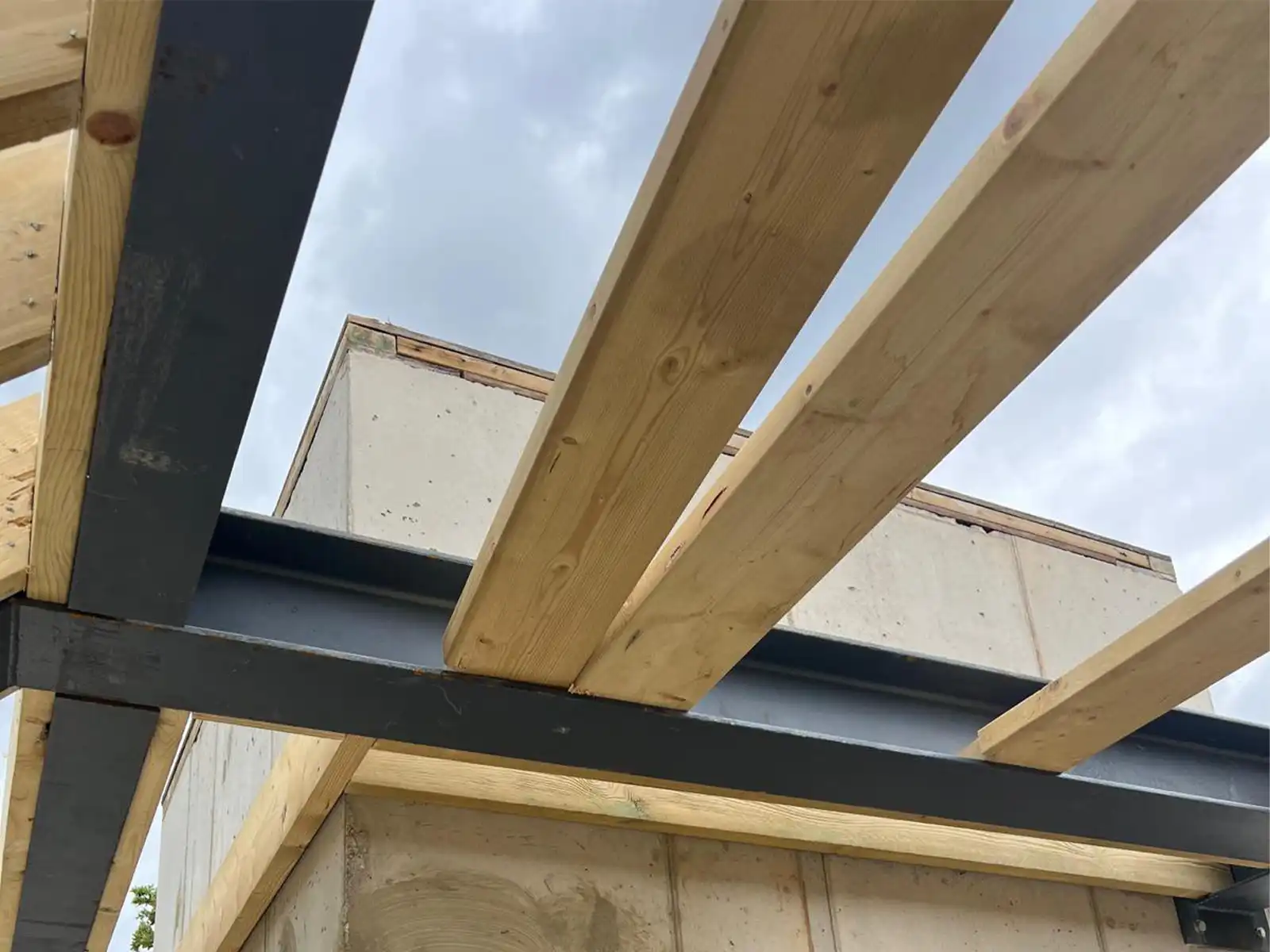When dealing with complex and large planning applications, it can be inconvenient to resubmit the entire application just to make a specific change. Thankfully, the Town and Country Planning Act 1990 offers solutions through S96A and S73, simplifying the process for making modifications.
However, even for town planners, navigating this procedure remains puzzling, let alone for those unfamiliar with the industry. In fact, we have encountered cases where even some planners are uncertain about the steps involved. So, how can this task be accomplished more effectively?
When it comes to modifying approved planning permission, there are two key provisions in the UK planning system that developers and property owners can utilize: Section 73 (S73) and Section 96A (S96A). Both of these sections offer a means to make changes to existing planning permissions, but they differ in their processes, limitations, and timelines. Understanding the nuances of S73 and S96A is crucial for anyone seeking to modify their planning permission.
In this article, we will delve into the details of these two provisions, examining their procedures, constraints, and key considerations. We will also explore real-world case studies to provide practical insights into the process of modifying planning permission.
Understanding the Basics: Modifying Approved Planning Permission
Modifying approved planning permission allows developers and property owners to make changes to their existing planning consent without having to submit a completely new application. This can save time and resources, as it avoids the need to go through the entire planning process from scratch. Instead, modifications can be made to the existing permission, provided they fall within the scope of the original consent and comply with relevant planning policies and regulations.
Non Material Amendment vs Minor Material amendment
A “non-material amendment” involves updating an existing planning permission, commonly referred to as an s96A application or an NMA. However, for more significant changes, a new or revised planning permission may be necessary, requiring an s73 application, formerly known as Minor Material Amendments (MMA).
In summary, both Non-Material Amendment and Minor Material Amendment involve making changes to an existing planning permission, but NMAs are truly minor changes, while MMAs are slightly more significant. It’s essential to clarify with the Local Planning Authority which type of application is appropriate for the specific changes you wish to make.
To successfully navigate non-material amendment applications, it is crucial to understand the specific criteria that define what constitutes a non-material change. Generally, non-material changes are those that do not affect the project’s compliance with regulations, its environmental impact, or its overall character.
These changes should not introduce new risks or significantly alter the project’s scope.
- Is the change significant in size and scale?
- Would any of the consultees of the original application notice the different?
- Would neighbouring properties be affected by the changes?
- Would local and national planning policies be effected?
Examining S73: Process, Limitations, and Key Considerations
Section 73 of the Town and Country Planning Act 1990 provides a mechanism for making non-material or minor material changes to an existing planning permission. This section allows for alterations to the approved plans, conditions, or other aspects of the permission. However, it is important to note that S73 cannot be used to make fundamental changes that would substantially alter the nature of the development.
The process involves submitting an application to the local planning authority, who will assess the proposed modifications against planning policies and consult relevant stakeholders. It is crucial to carefully consider the limitations and constraints of S73 before proceeding with any modifications.
Analyzing S96A: Procedure, Constraints, and Important Factors
Section 96A of the Town and Country Planning Act 1990 provides an alternative route for modifying planning permission. This section allows for the variation of conditions attached to a planning permission, rather than making changes to the plans themselves. S96A can be used to remove, amend, or add conditions, as long as the changes are considered to be non-material.
The process involves submitting an application to the local planning authority, who will assess the proposed variations against planning policies and consult relevant stakeholders. It is important to carefully consider the procedure, constraints, and important factors associated with S96A before embarking on any modifications.
Key Differences: S73 vs. S96A for Modifying Planning Permission
While both S73 and S96A offer means to modify planning permission, there are key differences between the two provisions. S73 allows for changes to the plans, conditions, or other aspects of the permission, while S96A focuses on varying conditions attached to the permission. S73 is suitable for non-material or minor material changes, whereas S96A is specifically designed for non-material changes. It is important to carefully assess the nature of the modifications required and choose the appropriate provision accordingly.
Additionally, the process, limitations, and considerations associated with each provision differ, and these should be thoroughly understood before proceeding with any modifications.
Assessing Timelines: Modifications under S73 and S96A
When it comes to modifying planning permission, timelines play a crucial role. Under S73, the local planning authority has eight weeks to determine the application, although this period can be extended by agreement. On the other hand, S96A does not have a statutory timeframe for determination, and the timeline can vary depending on the complexity of the proposed variations and the workload of the local planning authority. It is important to consider the potential timelines associated with each provision when planning modifications to ensure that the project remains on schedule.
Case Studies: Real-World Examples of Planning Permission Modifications
To gain a better understanding of how S73 and S96A work in practice, let’s examine a couple of real-world case studies. We successfully submitted a Minor material amendment under S.73 for an extension to a basement who application was for a completely new build with a basement and swimming pool, As the project progressed our client realised his property was still the smallest on the road but yet the largest plot on the road.
The case officer officers granted approval due to the basement not causing harm and was substantially smaller than what was granted therefore classing it as non-material or minor material changes. When building in an affluent area it is a priority to have the correct GIA for resale purposes. We helped our client achieve that goal.
Court approach to S73
On November 5th, the Court of Appeal delivered a significant judgment in the case of Finney v Welsh Ministers [2019] EWCA Civ 1868, which clarifies the proper approach to exercising the power to modify planning permission conditions. This ruling pertains to Section 73 of the 1990 Act, which allows granting planning permission for development without adhering to conditions attached to a previous permission.
In practical terms, this provision permits the removal, relaxation, or modification of certain conditions. However, the Court of Appeal’s verdict in Finney establishes a clear boundary regarding the extent to which a condition may be legally varied under Section 73.
In examining the legal matter at hand, the Court of Appeal referenced a relevant passage from a recent Supreme Court judgment in Lambeth LBC v SSHCLG [2019] UKSC 33. In this judgment, Lord Carnwath highlighted that a permission granted under Section 73 can only operate as an independent permission for carrying out the same development as previously allowed, but subject to the new or amended conditions.
This emphasizes the court’s stance that Section 73 cannot be used as a mechanism to radically alter the nature of the permitted development beyond what was originally agreed upon.
Choosing the Right Route for Modifying Approval
Modifying approved planning permission can be a complex process, but understanding the differences between S73 and S96A is crucial for making informed decisions. While S73 allows for changes to plans, conditions, or other aspects of the permission, S96A focuses on varying conditions. It is important to carefully assess the nature of the modifications required and choose the appropriate provision accordingly.
Additionally, considering the timelines associated with each provision is essential to ensure that the project remains on schedule. By examining real-world case studies, we can gain practical insights into the process of modifying planning permission and make informed choices when seeking to modify existing approvals.
Write us a message
We look forward to learning how we can help you. Simply fill in the form below and someone on our team will get back to you within two business days.
Read other posts
Ready to unlock the potential of your project?
We speciallise in crafting creative design and planning strategies to unlock the hidden potential of developments, secure planning permission and deliver imaginative projects on tricky sites




